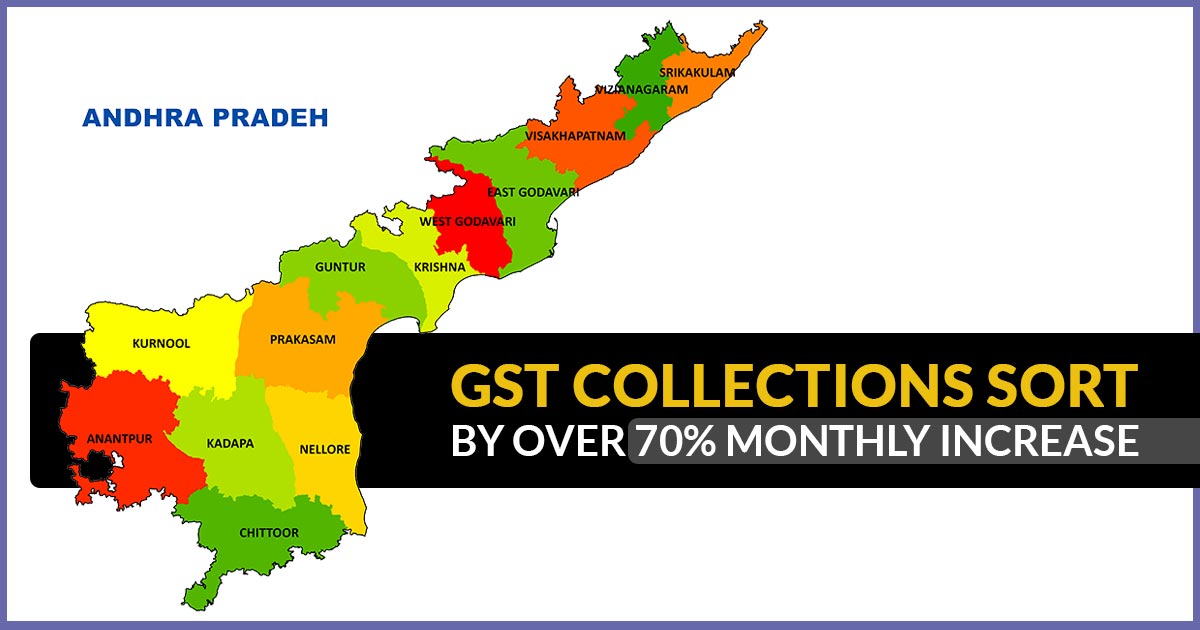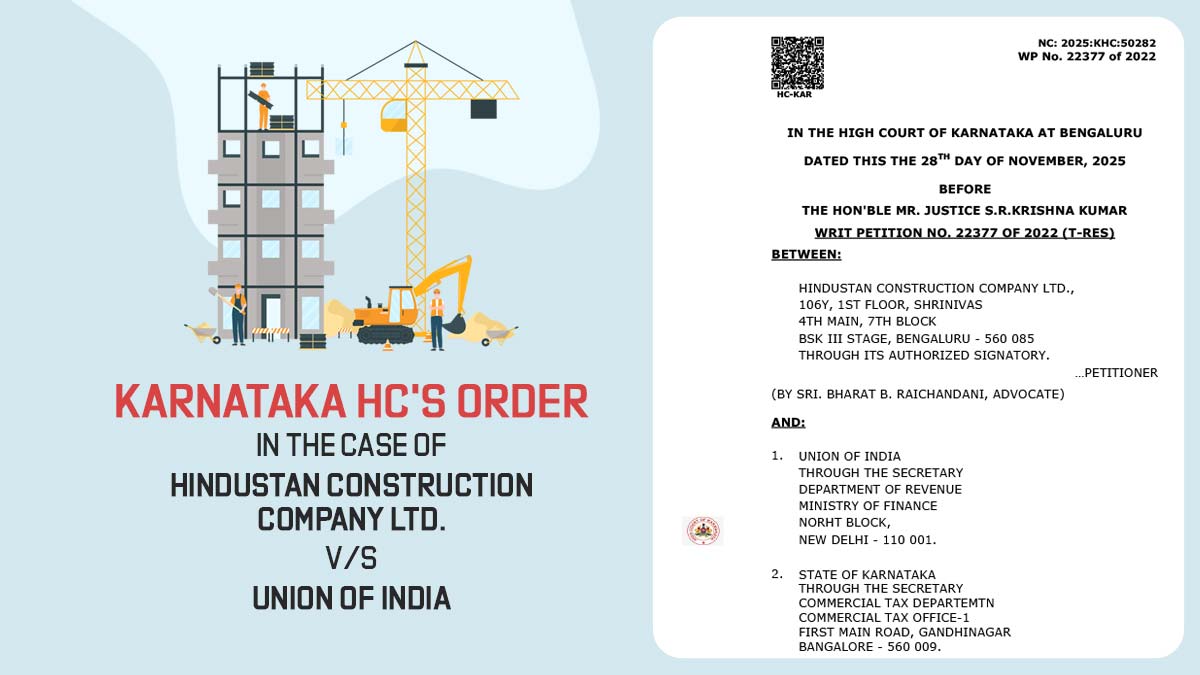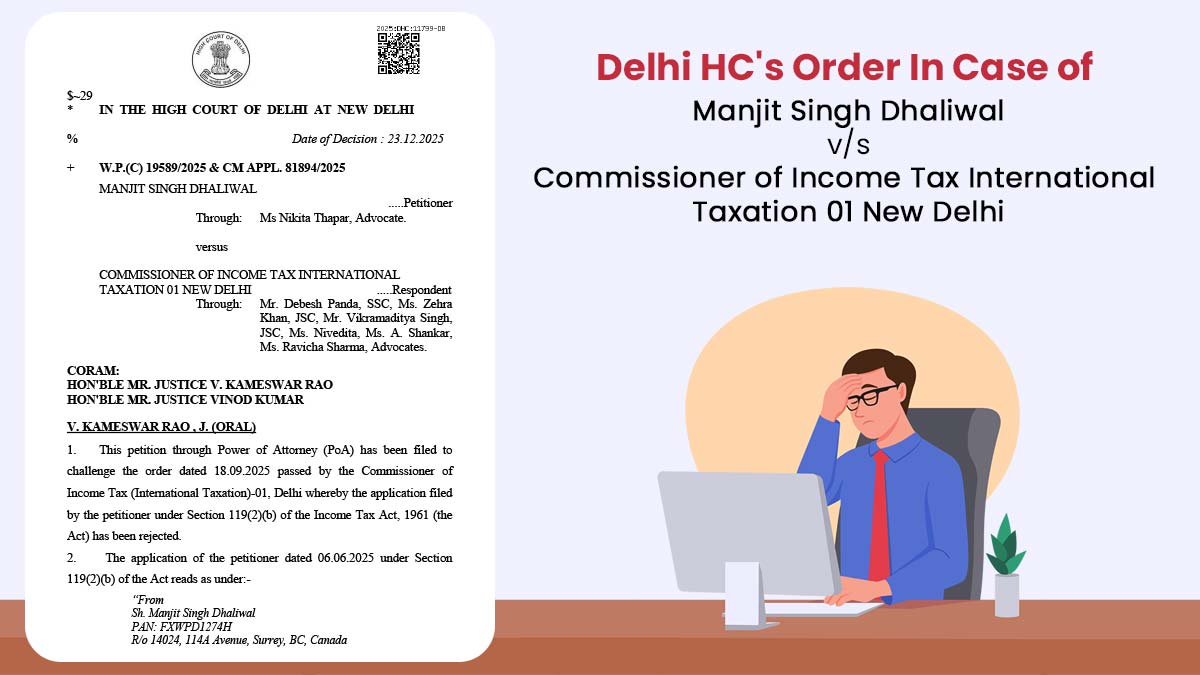
In the fiscal year 2018-19, Andhra Pradesh recorded a total goods and services tax (GST) revenue of 25,331 crore, with an average monthly GST revenue of 2,100 crore. Presently, the state consistently achieves monthly GST collections ranging from 3,500 to 4,000 crore.
April saw Andhra Pradesh achieving a remarkable milestone by raking in 4,329 crore in revenue, marking the highest monthly collection since the introduction of the GST system. Throughout the ongoing 2023-24 fiscal year, monthly collections have not dipped below the 3,500 crore mark, representing an impressive increase of over 70%.
Related: AP Gets Highest Ever GST Collection in April 2023 Since July 2017
GST statistics serve as a vital high-frequency indicator for assessing consumer demand and economic growth. To illustrate, during the peak of the COVID-19 pandemic in 2020 and 2021, monthly collections remained stagnant at approximately 2,500 crore in Andhra Pradesh. The extensive economic disruptions and output losses, especially during the extended lockdown period, significantly deviated from the anticipated GST figures.
In 2022, the state displayed early indications of an economic recovery in tandem with the waning impact of the Covid-19 pandemic. GST collections consistently exceeded the 3,000 crore threshold throughout the year. This positive trend further escalated, surpassing the 4,000 crore mark in 2023.
According to Professor Choudari Appa Rao, a former economics professor at Andhra University, the surge in GST collections translates into increased revenue for the state in the form of State Goods and Services Tax (SGST). He noted that there have been several adjustments to tax rates for various products, especially in commonly used items, medicines, and handicrafts, among others, over the years.
These changes have not only improved tax compliance but also reflected the rising purchasing power of the state’s residents. Professor Appa Rao believes that GST collections offer insights into consumption levels and the increasing spending capacity of the state’s population.
Dr M Prasada Rao, a member of the State Finance Commission, highlighted that GST collections also partly mirror the spending occurring in rural areas, stemming from income generated through agricultural produce. He mentioned that the GST collections regime has broadened the tax base, extending its reach to the rural economy.
GST comprises two components: Central Goods and Services Tax (CGST) and State Goods and Services Tax (SGST). These are imposed and collected by the central and state governments, respectively, on all intrastate transactions involving goods and services.
Also Read: Why Haryana GST Collection Very High from Punjab, Check Facts
Furthermore, GST operates as a destination-based tax, differing from the previous origin-based tax system. The taxes collected at various points in the goods and services value chain ultimately benefit the states where these goods and services are consumed.









